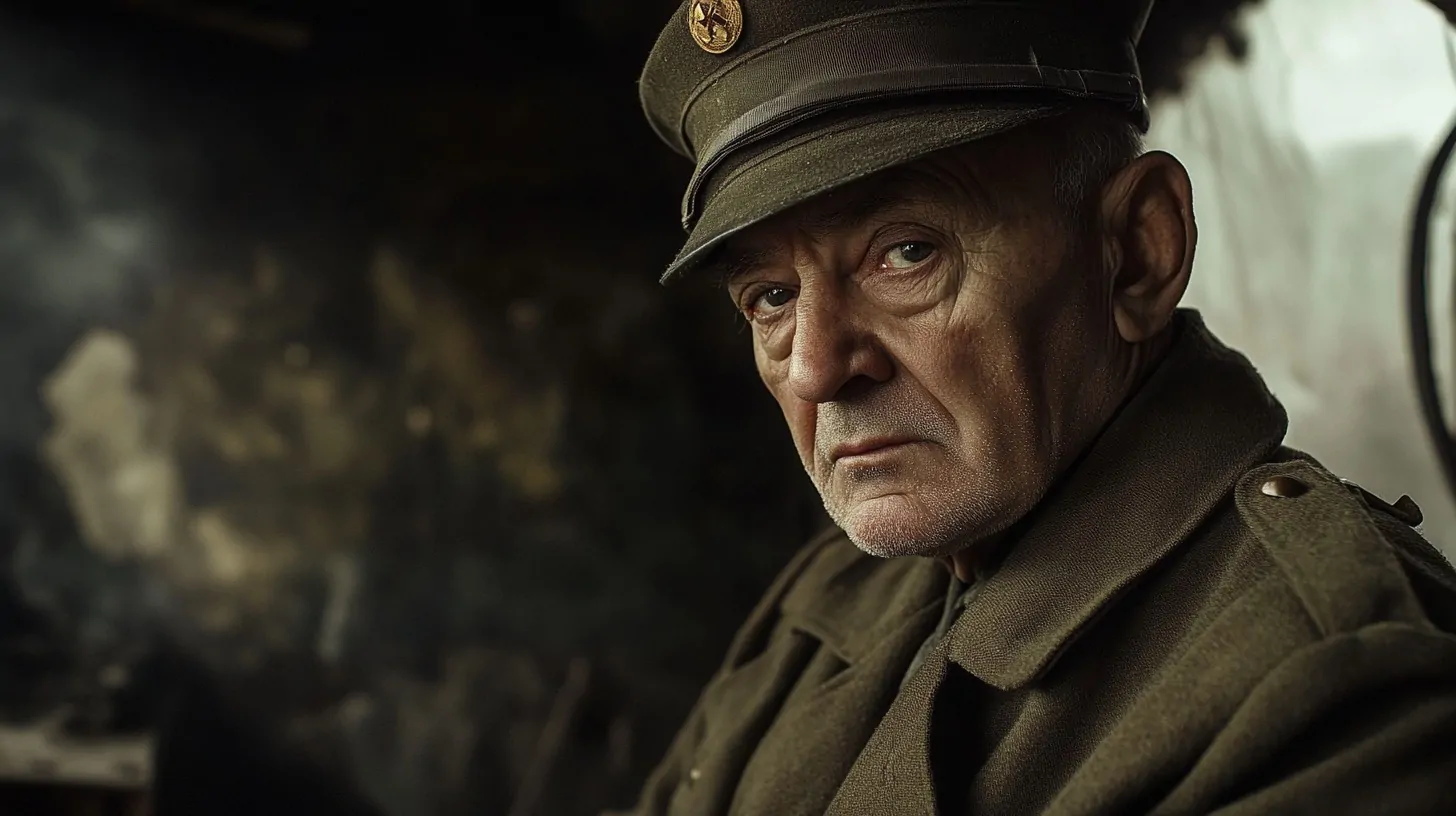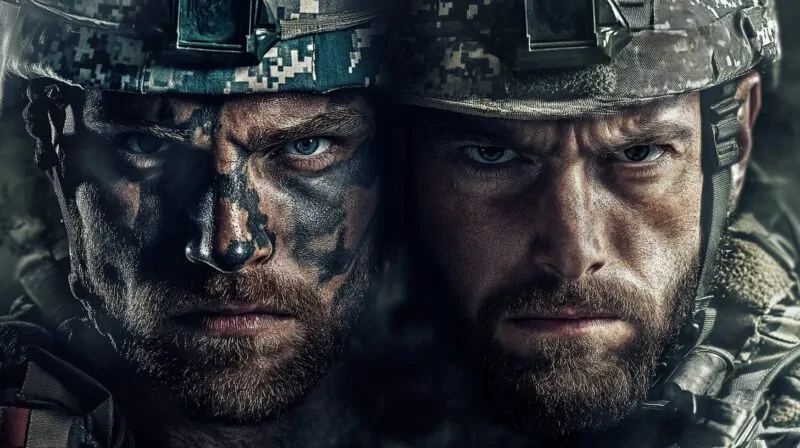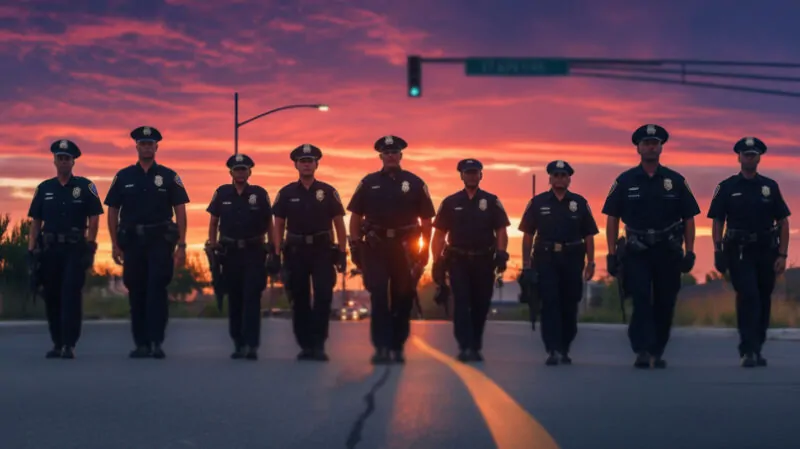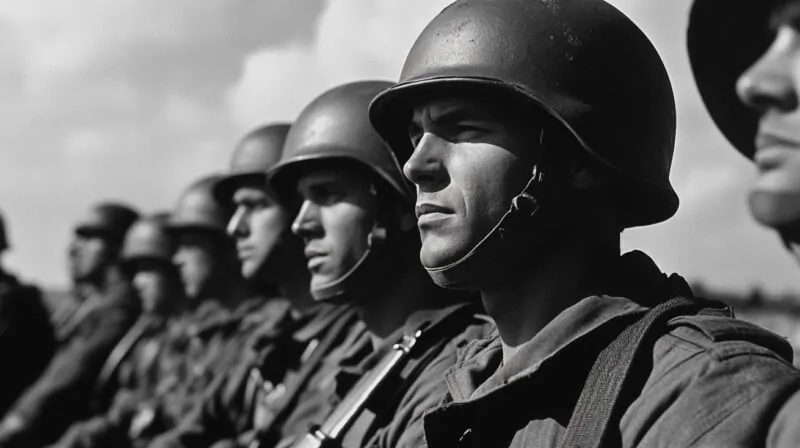Time marches forward, and every day brings us closer to a world without living witnesses to the largest war in history. World War II ended in 1945, yet the impact of that global conflict still resonates. It must be said that there are still WW2 veterans around.
Fewer and fewer participants from that era remain, making it crucial to examine how many are still alive and if we can expect any to be here in 2030.
The paragraphs that follow draw upon official statistics, museum records, and other historical resources to offer a clear picture of the situation.
Table of Contents
ToggleKey Highlights
- As of early 2025, only about 66,000 American WWII veterans remain, with fewer than 8,000 expected by 2030 and near zero by 2036.
- Museums, historians, and families are racing to document firsthand accounts before the last veterans pass, ensuring their experiences remain part of history.
Current Numbers of WWII Veterans
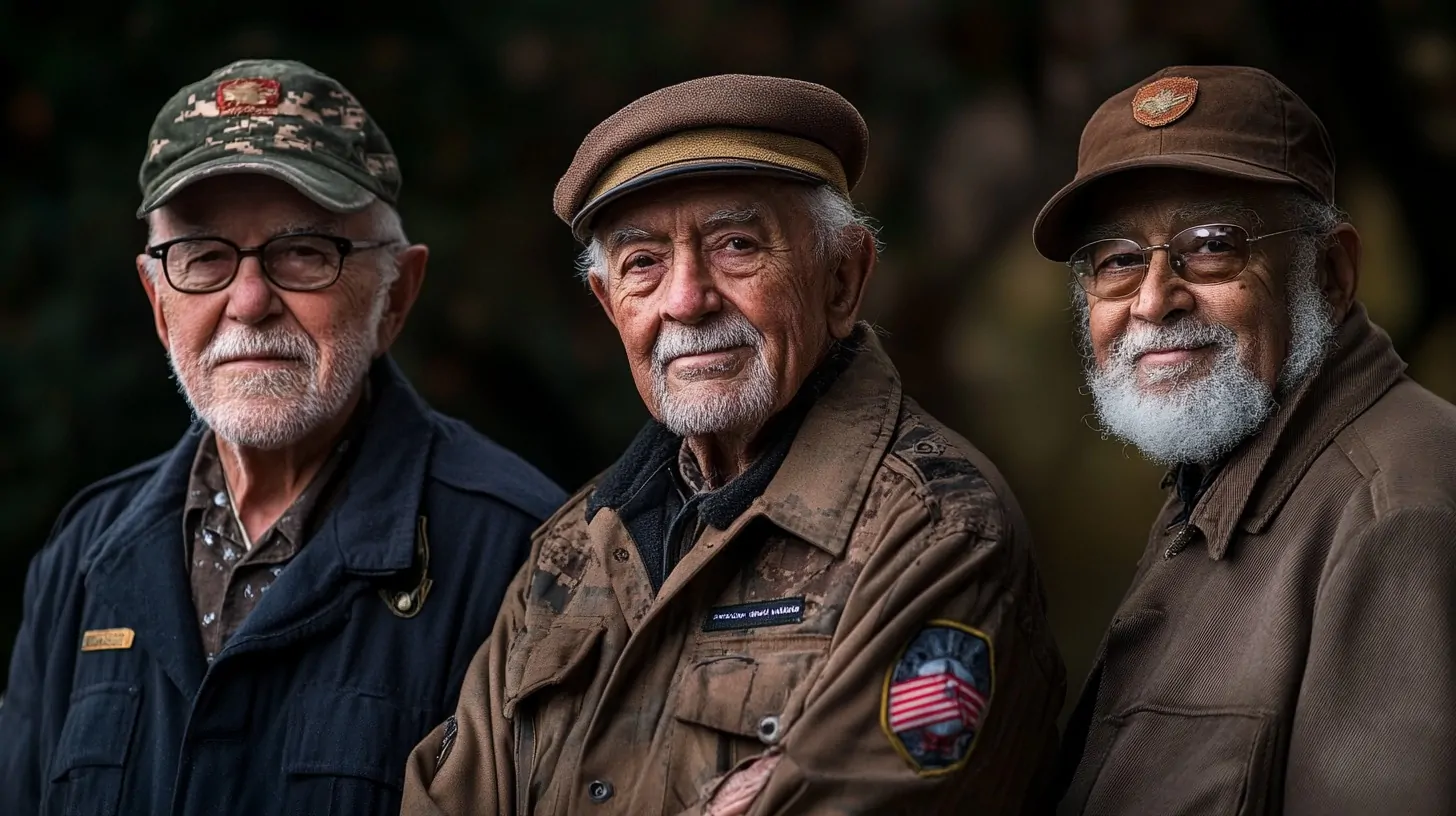
The American Perspective
In early 2025, approximately 66,000 Americans who served in WWII remain, based on records from the U.S. Department of Veterans Affairs.
That figure represents under 0.5% of the original 16.4 million who put on the uniform. By 2018, the U.S. Census Bureau had already reported fewer than 500,000 surviving veterans.
The steep decline from 5.7 million in 2000 highlights the natural progression of age. Most are in their late 90s, and quite a few have already reached or passed the century mark.
Organizations such as the National WWII Museum in New Orleans view the diminishing ranks of surviving veterans as a call to action. Memorials, oral histories, and community outreach programs have taken on a new urgency.
The museum has recorded over 12,000 oral histories, preserving essential firsthand accounts. Those narratives not only include pivotal moments on battlefields but also shed light on daily life in boot camps, the struggles of separation from loved ones, and the joyous yet complicated experiences of coming home.
The British Perspective
Across the Atlantic, the United Kingdom faces a similar trend.
According to the UK’s Office for National Statistics, as of 2021, there were approximately 589,640 veterans aged 80 and over in England and Wales, which includes those who served during World War II and the subsequent National Service period up to 1960.
Given that World War II ended in 1945, veterans solely from that conflict would be at least 95 years old today. Therefore, the number of surviving British WWII veterans as of 2024 is likely very low.
British institutions, including the Imperial War Museums, have collected testimonies, letters, and photographs. Local initiatives encourage families to keep diaries, medals, and personal artifacts safe for future research and educational purposes.
Royal British Legion events, including services on Remembrance Sunday, offer the public a chance to pay respects and connect with history on a more personal level.
Why Their Legacy Matters
This Veterans Day, we honor those who have served our country. Across all branches of services, we thank the brave men and women that have and continue to defend our nation. Thank you for your strength and sacrifice. pic.twitter.com/gtNHb7YKvu
— US Army OEM (@USArmyOEM) November 12, 2024
Veterans of WWII are often called members of the “Greatest Generation.” While that term has its critics, one cannot deny the magnitude of what they experienced.
The world faced a total war that required entire populations to mobilize on an unprecedented scale. Many individuals left their hometowns for the first time to train and fight thousands of miles away.
Their service brought an end to powerful regimes that threatened global stability, and their return fostered economic booms in industries like manufacturing, infrastructure, and housing.
Stories from those who fought, as well as from those who supported the war effort at home, form an invaluable treasure. Each personal account provides insights into a time when the world stood on a precipice.
The knowledge they pass on helps us see how ordinary people can rise to meet extraordinary challenges. It reminds us that global peace is fragile, that unity and resilience can turn the tide in times of crisis, and that the hardships of war stretch far beyond battlefields.
Projections for 2030 and Beyond
Medical advances have extended life expectancies, but no one can halt aging indefinitely.
Projections from reputable agencies indicate that the small population of WWII veterans will become even smaller by the end of the decade.
By 2030, fewer than 8,000 Americans who served are expected to remain. By 2036, estimates hover around a mere 300.
- Advanced Age: Most who served are nearing or surpassing their late 90s.
- Health Challenges: Longevity brings health issues, and the oldest cohorts face more vulnerabilities.
- Statistical Trends: Mortality rates increase significantly after 95, leading to faster declines.
The VA’s more recent Veteran Population Projection Model (VetPop2023) provided updated forecasts for the veteran population.
According to the VetPop2023 Data Story, the overall veteran population is projected to decrease by 37.6% from 17.9 million in FY 2024 to 11.2 million in FY 2053, with an average decline of 1.6% per fiscal year.
While specific numbers for WWII veterans are not detailed in the VetPop2023 summary, given that WWII ended in 1945, as of 2025, the youngest WWII veterans would be in their late 90s.
Considering the natural decline due to age, it’s reasonable to infer that the number of surviving WWII veterans will be very small by 2030 and may approach zero by 2036.
For the United Kingdom, predictions follow a similar pattern. By the start of the next decade, a very limited number of individuals who lived through the Blitz, fought on land, served at sea, or flew in the Battle of Britain will remain.
All those metrics underscore the urgency of collecting as many firsthand accounts as possible. A gap in the historical narrative could emerge when the voices of those who participated are no longer here.
Preserving Firsthand Accounts
Communities around the globe work to ensure veterans’ stories will not vanish. Museums, libraries, and academic programs invest resources in recording oral histories.
- National WWII Museum: Based in New Orleans, the museum has already gathered over 12,000 oral histories. Researchers continue interviewing any surviving veterans who are willing to share memories.
- Archival Projects: Universities partner with historical societies to store letters, diaries, and personal photographs. Digital archives make it easier for students, researchers, and the public to learn from veteran experiences.
- Local Initiatives: Groups organize events and encourage families to contribute artifacts or contact older relatives for interviews. Local archives often collaborate with schools, bringing primary source materials into the classroom.
- Independent Documentarians: Filmmakers and podcasters feature stories from the final members of that generation. Their recordings capture emotion and give a voice to experiences that might otherwise fade with time.
Educational Outreach and Memorials
Well folks we honor, remember &salute our military service &their families. I grew up close to Washington DC & National Cemetery where we often paid our respects & laid wreaths. I wished my mom had lived to see the completion of the WW2 Memorial & the brick laid to honor my Dad💕 pic.twitter.com/IuwJkK2aQu
— PatsLoretta (@Loretta86316516) May 26, 2024
Monuments, museums, and special events play a prominent role in honoring WWII service members. Younger generations often encounter the war in classrooms, but there is a growing need to connect facts and statistics to real human stories.
When a learner meets a veteran who stormed the beaches of Normandy or served aboard a submarine in the Pacific, the words in a history textbook take on new meaning.
- School Visits: Inviting veterans or children of veterans to speak at local schools can bridge generational divides.
- Living History Events: Community groups sometimes organize reenactments or interactive displays to provide hands-on learning experiences.
- Digital Platforms: Online exhibits, video interviews, and social media campaigns make historical content accessible globally.
- Museum Collaborations: Partnerships between institutions can expand the reach of traveling exhibits, bring experts to panel discussions, and spark curiosity about heritage.
Final Thoughts
Fewer than 0.5% of the original American WWII veterans remain in 2025. By 2030, that number will be smaller still.
Although the passage of time will eventually carry the last of them into history, their memories and experiences hold lessons for generations to come.
Through continued commitment to oral history initiatives, educational outreach, and respectful memorials, we ensure that their sacrifices and achievements are never forgotten.
Their stories stand as powerful examples of courage and camaraderie under extreme circumstances. Even once none remain, the evidence of their impact will live on in institutions worldwide, along with the freedoms that they fought so hard to protect.
Tip: Be sure to take some time to check out our list of common scams that are targeting veterans. Learn how to stay safe from scam attacks.
References
- data.va.gov – Memorializing Valor: Honoring World War II Veterans on Memorial Day 2024
- data.va.gov – VetPop2023: Projections of Our Nation’s Veteran Population and Their Characteristics
- census.gov – Those Who Served: America’s Veterans From World War II to the War on Terror
- ons.gov.uk – Characteristics of UK armed forces veterans, England and Wales: Census 2021
Related Posts:
- Guide to a Perfect Plate Carrier Setup for Any Mission
- The Difference Between Memorial Day vs. Veterans Day
- Common Health Challenges Veterans Face and How to…
- 10 Common Scams Targeting Veterans - And How to Avoid Them
- How Many Immigrants Came to the US in 2024? - What to Know
- How Many Guns Are in America in 2025? Looking Down…

